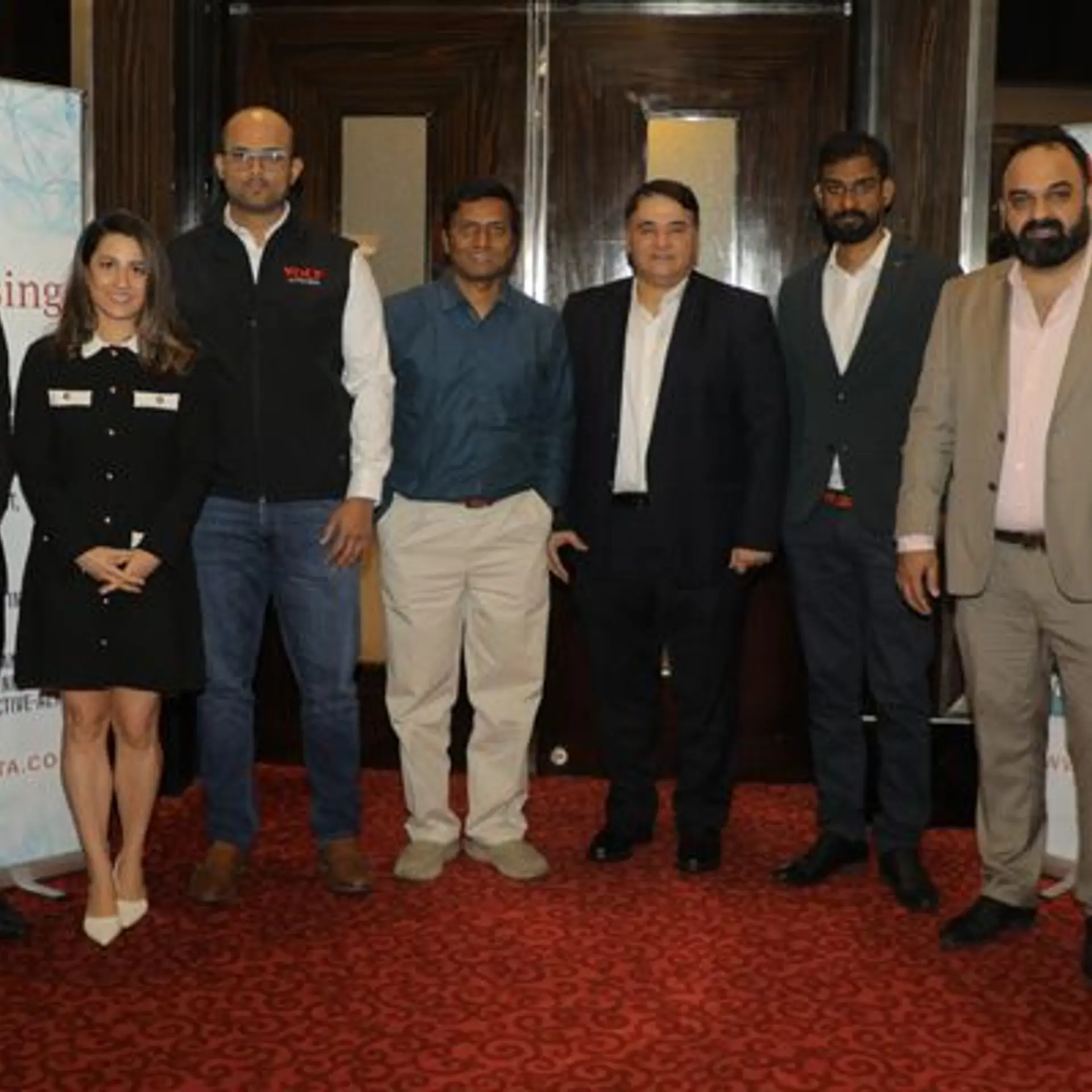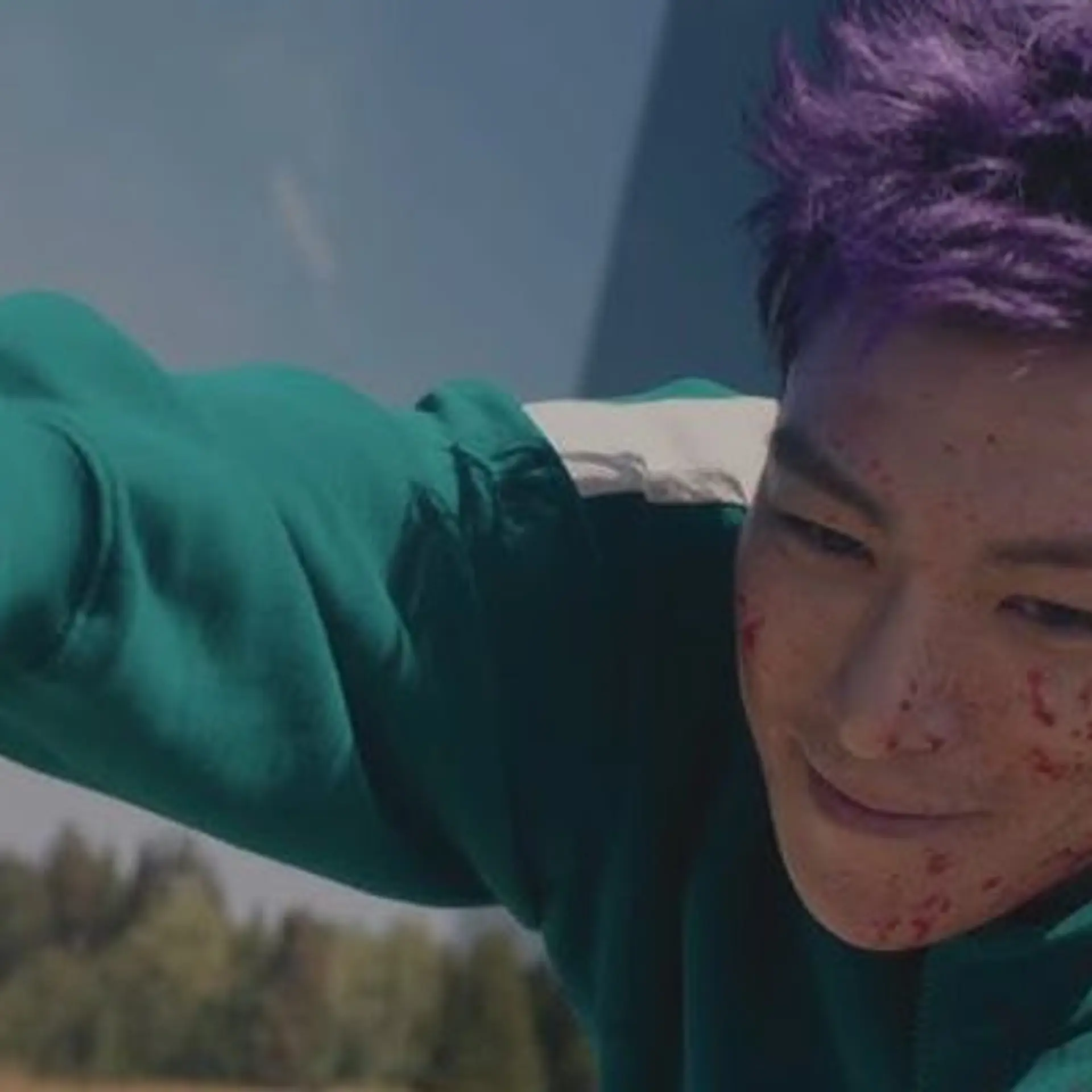Context, connections, collaboration: how this museum has become a hub for heritage and emerging art
In Part II of our photo essay on Munich’s Lenbachhaus museum, we showcase more paintings, metal sculptures, and other art works spanning three centuries. Curator Eva Huttenlauch shares insights on art trends and developments, including an award being conferred upon Bengaluru artist Sheela Gowda.
PhotoSparks is a weekly feature from YourStory, with photographs that celebrate the spirit of creativity and innovation. In the earlier 325 posts, we featured an art festival, cartoon gallery. world music festival, telecom expo, millets fair, climate change expo, wildlife conference, startup festival, Diwali rangoli, and jazz festival.

The Lenbachhaus is an internationally-renowned municipal museum for art and culture in Munich (see Part I of our photo essay here). The museum collects, conserves, studies and presents the art of the 19th century, the Blauer Reiter, the New Objectivity, and – most prominently – international contemporary art. For example, suspended from the ceiling of the lobby atrium is the stunning tornado-shaped glass installation Wirbelwerk, by Olaf Eliasson.
“As a curator, I am interested in art that has been produced by an inner necessity of the artist. A political message that is relevant for today's society, and a strong formal and aesthetic concept should be combined,” said Dr Eva Huttenlauch, Curator and Head of Collections, Postwar and Contemporary Art, in a chat with YourStory.
The museum brings the presentation of art and the discourse around it together in a fruitful and distinctive synthesis, she explains. The collecting activities and exhibition programming are closely coordinated and complement each other.
“The museum keeps art lovers in Munich as well as international audiences abreast of major developments in the arts. It prioritises novel and moving creative expressions over generally accepted positions,” Eva says.
Collected works are arranged in forever new groups and with different forms of presentation, bringing out unexpected interactions. “The exhibition program draws its energies from the dynamic dialogue between the new and contemporary and the solid historic foundation on which the collection rests,” she emphasises.
This year, the museum will be showing Body Check (by Martin Kippenberger and Maria Lassnig) in May, a solo exhibition by Senga Nengudi in September, and Soul Mates (by Alexej von Jawlensky and Marianne von Werefkin) in October.
“In spring 2020, we will open a major solo show by Bangalore-based artist Sheela Gowda. She will be awarded the Maria Lassnig Prize on June 7, 2019 at the Lenbachhaus,” Eva says. The solo exhibition will follow in March 2020.
The Maria Lassnig Foundation’s prize is given biennially to a mid-career artist. It was conceived by Austrian artist Maria Lassnig before her death in 2014. The prize is endowed with €50,000 and is accompanied by a solo exhibition of the award winner. The first winner was Cathy Wilkes, in 2017; Sheela is the second winner.
Sheela is a painter and sculptor who studied at the Ken School of Art in Bangalore, Vishwa Bharati University in Shantiniketan, and the Royal College of Art in London. Her artworks and installations feature a mix of pipes, drums, coconut fibres, incense, kumkum powder, hairs, needles, threads, and even cowdung. Her works have been displayed at the Kochi-Muziris Biennale, Venice Biennale, Ikon Gallery (Birmingham), Irish Museum of Modern Art (Dublin), and the Office for Contemporary Art (Oslo).
Though Eva sees digital art and VR as some of the futures in the world of art, this does not mean that the 'conventional' genres like painting, sculpture, installation, photography will become extinct. “I think all genres will coexist in the near future and there will be new ones that we don't know yet,” she explains.
She also offers words of advice for aspiring artists. “Have your very own and individual position and formal language. Have a political stance, and work on politically relevant topics,” Eva signs off.
Now, what have you done today to step back from your daily work and see how you can creatively adapt to our fast-changing world?

























Got a creative photograph to share? Email us at [email protected]!
See also the YourStory pocketbook ‘Proverbs and Quotes for Entrepreneurs: A World of Inspiration for Startups,’ accessible as apps for Apple and Android devices.







